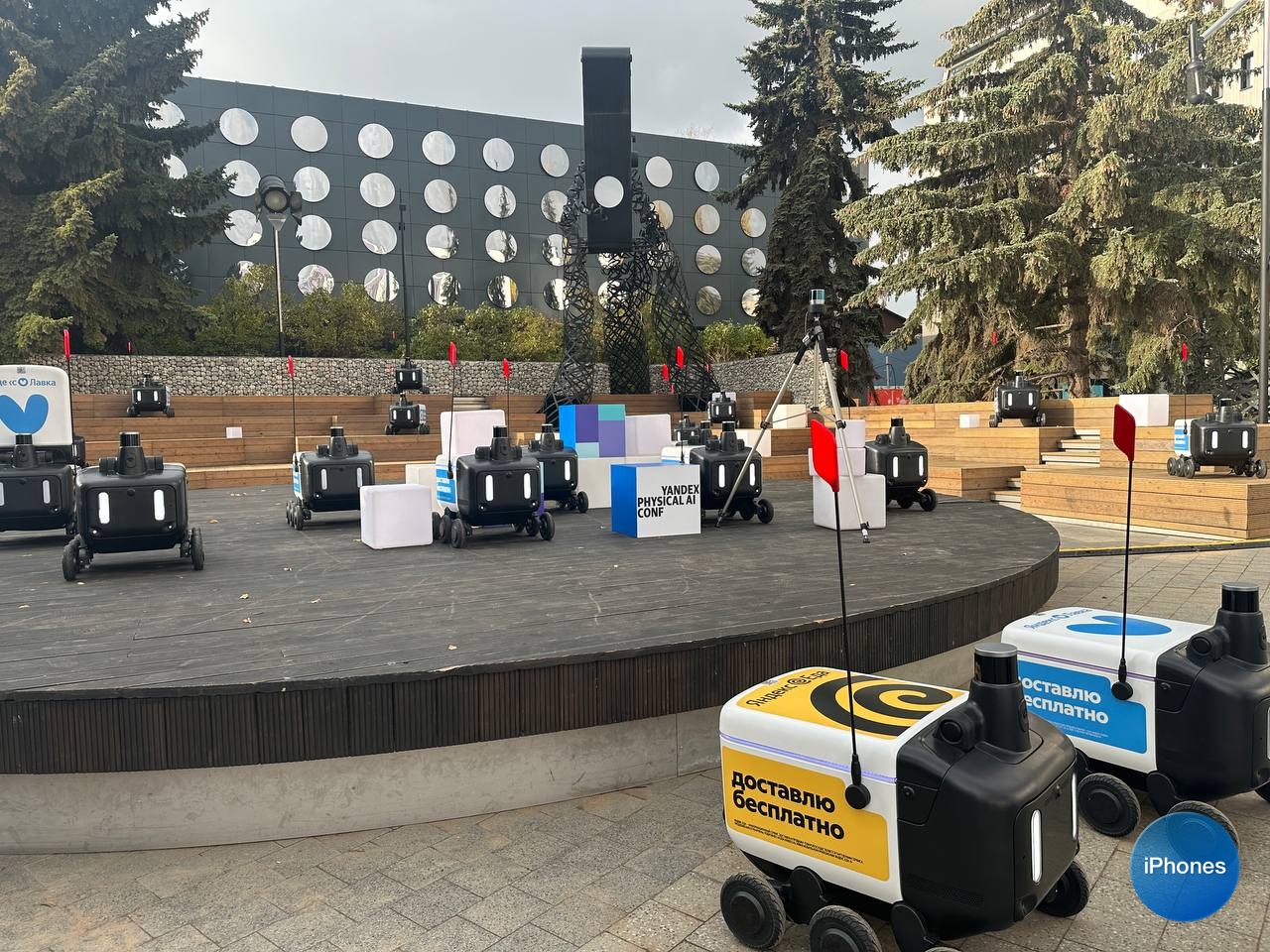Yandex held its first conference Yandex Physical AI Conf.
During the robot, she talked about how suppliers are scaling, where robotaxis are moving, and what new horizons are opening up for autonomous trucks. Collected all the announcements.
A new generation of delivery robots
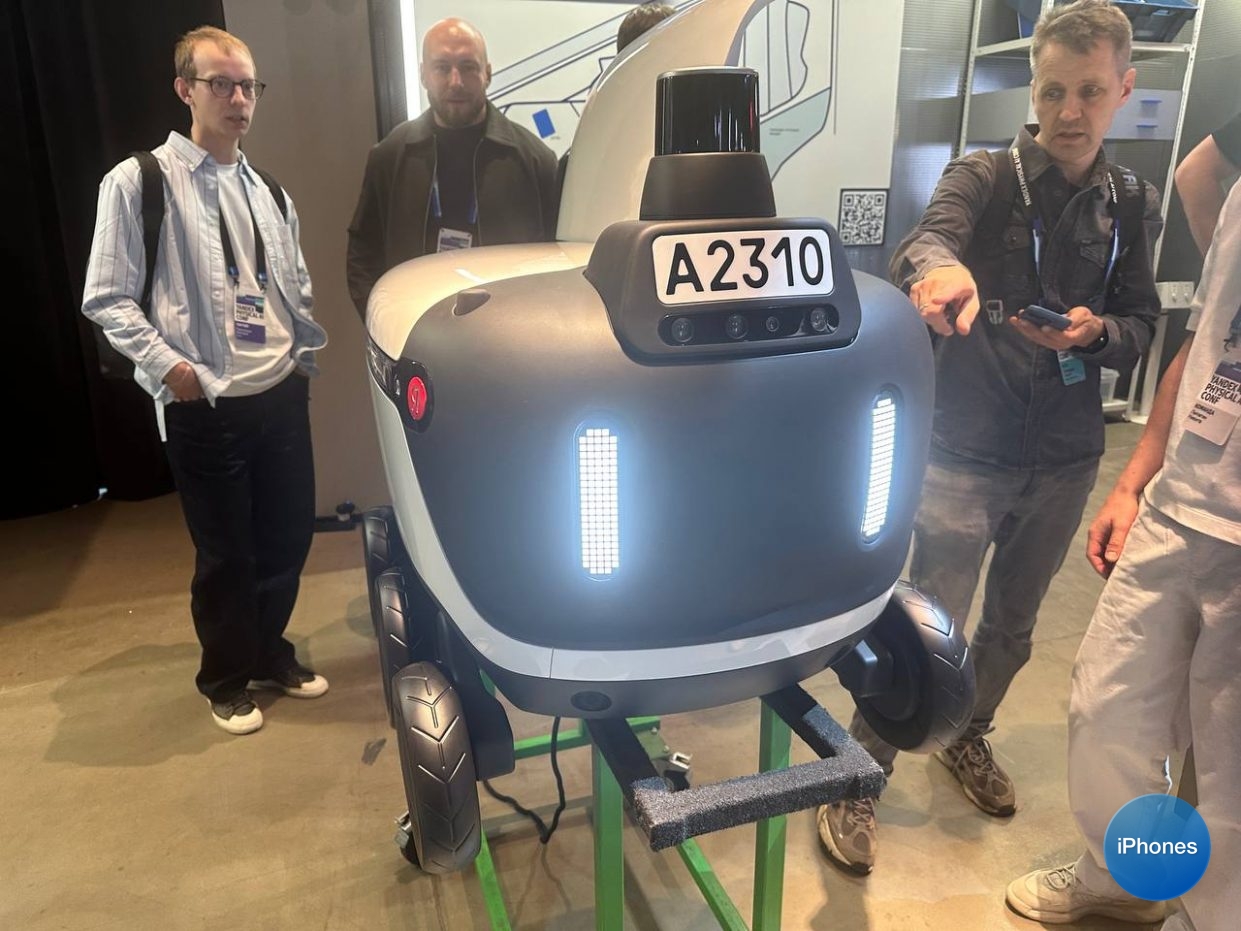
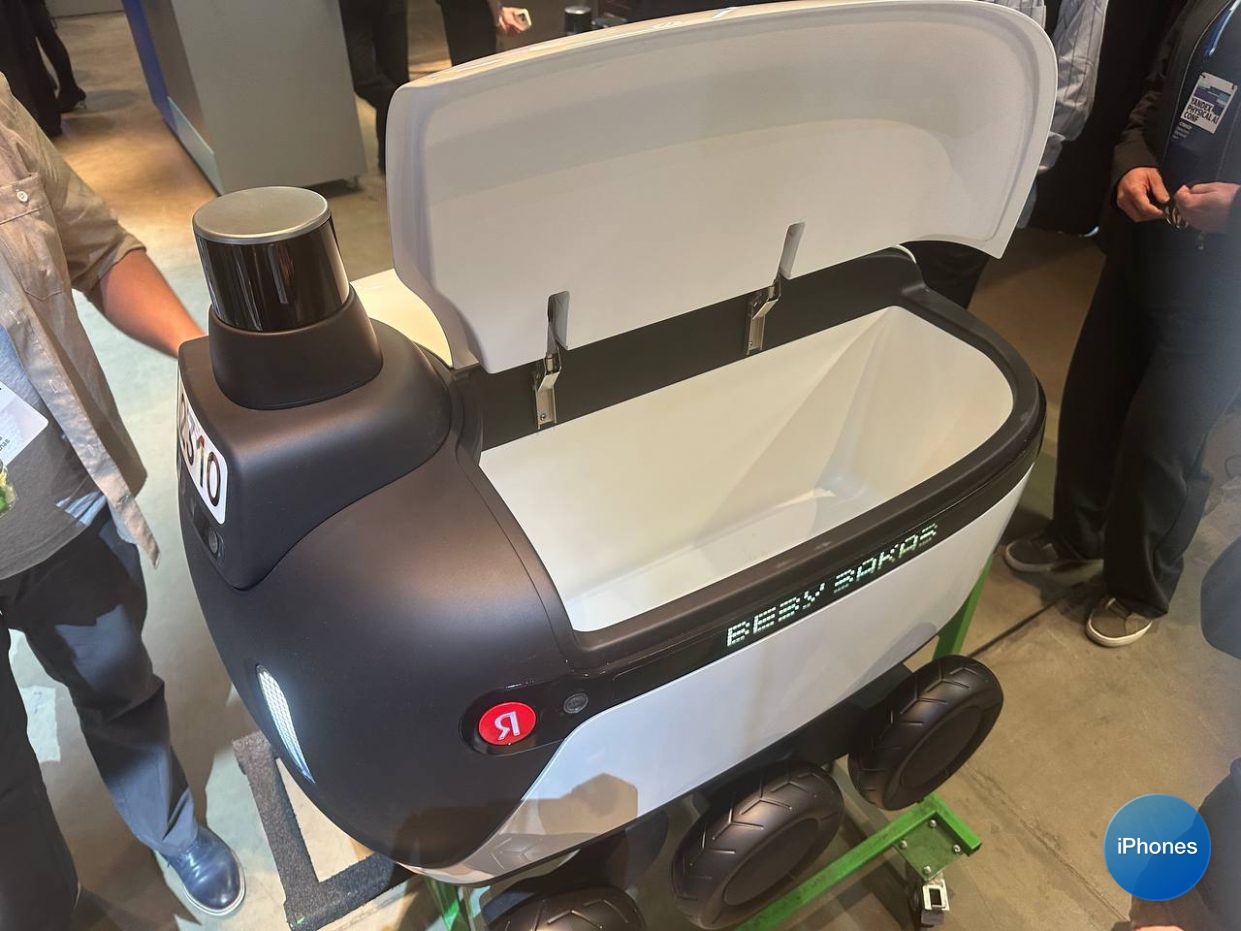

Within a year, Yandex will produce 1,300 robots per month, and by the end of 2027, their total number will reach 20,000. New devices will appear not only in Moscow, but will also hit the streets of St. Petersburg, Kazan and other Russian cities for the first time. cities.
The fourth generation of robots will be the first that Yandex will mass-produce. New models have become simpler and cheaper to produce, but at the same time noticeably smarter and more durable.
- updated suspension ensures off-road safety
- a new lidar has been installed, creating a more accurate picture of the surrounding world
- added state computing unit for fast motion analysis
Robots now ride on the same charger up to 70 kmand thanks to the removable battery, you can work almost non-stop. The robots are designed to work around the clock in any weather.
The main innovation is divided cargo compartment. Now the robot can provide two orders at the same time, which will increase efficiency and look at the fleet.
❝
Our delivery robots are a business solution. Today, the market suffers from an acute shortage of couriers, which is holding back the growth of the entire industry. Our goal is simple: we create a product that removes barriers to growth and opens up new opportunities for businesses.”
We managed to reduce the cost of delivery by five times. Today the price of the robot is equal to that of a courier. And this is just the beginning: when we reach scale, the cost will become even lower. One operator follows 12 delivery robots.
By 2027, we will launch 20 thousand delivery robots. They are already taking to the streets of Moscow, and new cities are planned: Kazan and St. Petersburg. We are already working on a fifth generation robot.
— Marat Mavlyutov, head of autonomous delivery robots management
The first robots of the fourth generation will go on routes as early as 2025. They will fulfill orders from Yandex Food, Shop, Delivery and partner services.
For the first time in Russia, a Yandex car drove 400 km without human intervention
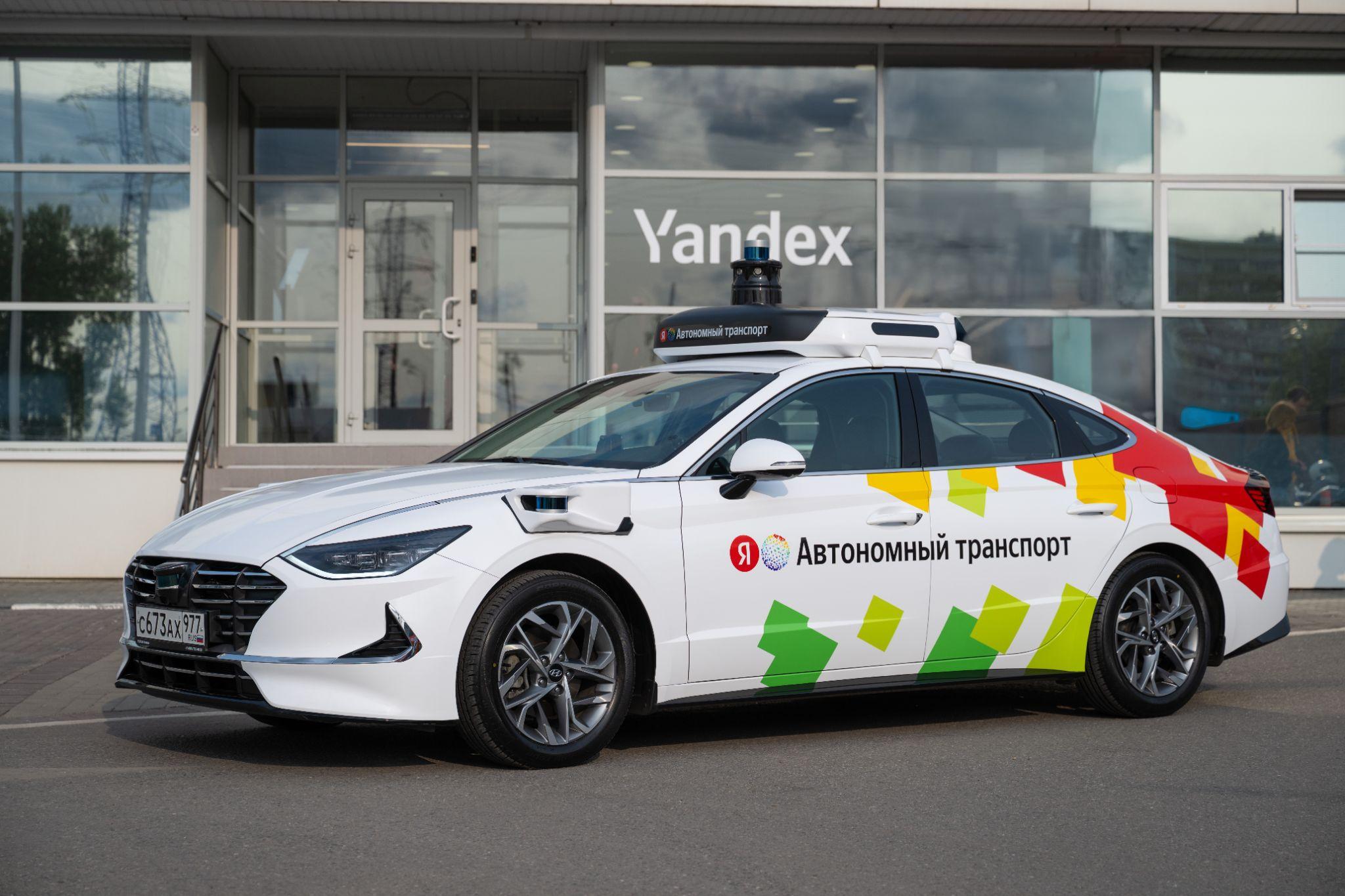
Yandex’s lightweight autonomous car became the first in Russia to have a completely independent map on the route “Moscow – Tula – Moscow”, covering almost 400 kilometers without driver control. The tester was driving, but did not touch the controls the entire time.
There are three cameras installed inside the car:
• on the windshield
• steering wheel
• driver’s legs
Yandex published a six-hour recording without splicing and a shortened video at an accelerated pace. The video shows how the car confidently moves along the highway, pays attention, stops in front of pedestrians and reacts correctly to traffic situations.
A transforming neural network, trained on the actions of experienced drivers, is responsible for control. It analyzes the behavior of other traffic participants and plans a trajectory taking into account forecasts. This allows the machine to react naturally and safely.
The system carried out active maneuvering, gave way to public transport, avoided road works and passed toll points on the M-4 Don highway, automatically paying off with a transponder.
Since May 2025, the company’s autonomous trucks have been operating commercial flights for the Magnit network on the Kolomna-Tula route. At this time they transported about 4,000 tons of cargo and traveled over 130,000 kilometers.. In 2027, Yandex plans to increase the fleet of such tractors to 1,000 units.
Yandex is also testing autonomous passenger cars in robotaxi format. The first tests took place in 2023 in the Yasenevo region, where more than 1,700 accidents involving passengers occurred.
In 2026, the service will be launched in other regions of Moscow. 200 autonomous cars will begin operating in the city, which can be called directly from the Yandex Go application.
Autonomous trucks, cars and Yandex Robotics
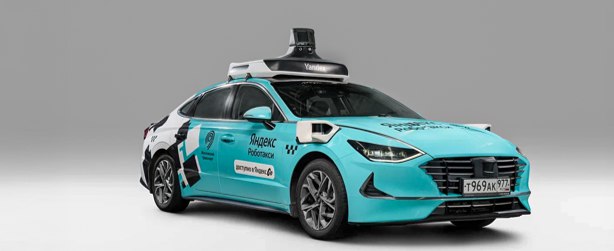
New design of Yandex robotaxi
By 2030, the volume of the Russian robotics market could grow to 600 billion rubles, said the CEO of Yandex. Robotics Ivan Kalinov.
According to him, the main increase in the fight against mobile robots, industry and cobots is against the backdrop of a growing mood in the world. automation of warehouses and logistics processes.
❝
Large networks are already actively moving towards such robotization. The warehouse of the future is a construction kit assembled in RMS (Robot Management System) – a smart management system that is capable of coordinating different countries. robots.
— Ivan Kalinov
He added that the Yandex Robotics team is developing a VLA (Vision-Language-Action) model, which considers the perception of a robot to a human.

❝
The model analyzes voice and text commands, camera images and other data that the robot receives as input. This data is converted into actions – for example, “take”, “put”, “transfer”. This will simplify the robotization of business: it will be enough to show the robot’s instructions, written for people, and it will understand what needs to be done.
— Ivan Kalinov
The Yandex Robotics team is moving from experiments with robotaxis to the development of unmanned trucks. This was announced by Arslan Urtashev, head of the company’s autonomous cars and trucks department.
The company has already started serial assembly of unmanned trucks at AMO sites in Kaluga. Production will be organized according to the ISO 9001 standard, which means a transition from prototypes to an industrial approach.
8
3
2
Source: Iphones RU
I am a professional journalist and content creator with extensive experience writing for news websites. I currently work as an author at Gadget Onus, where I specialize in covering hot news topics. My written pieces have been published on some of the biggest media outlets around the world, including The Guardian and BBC News.







